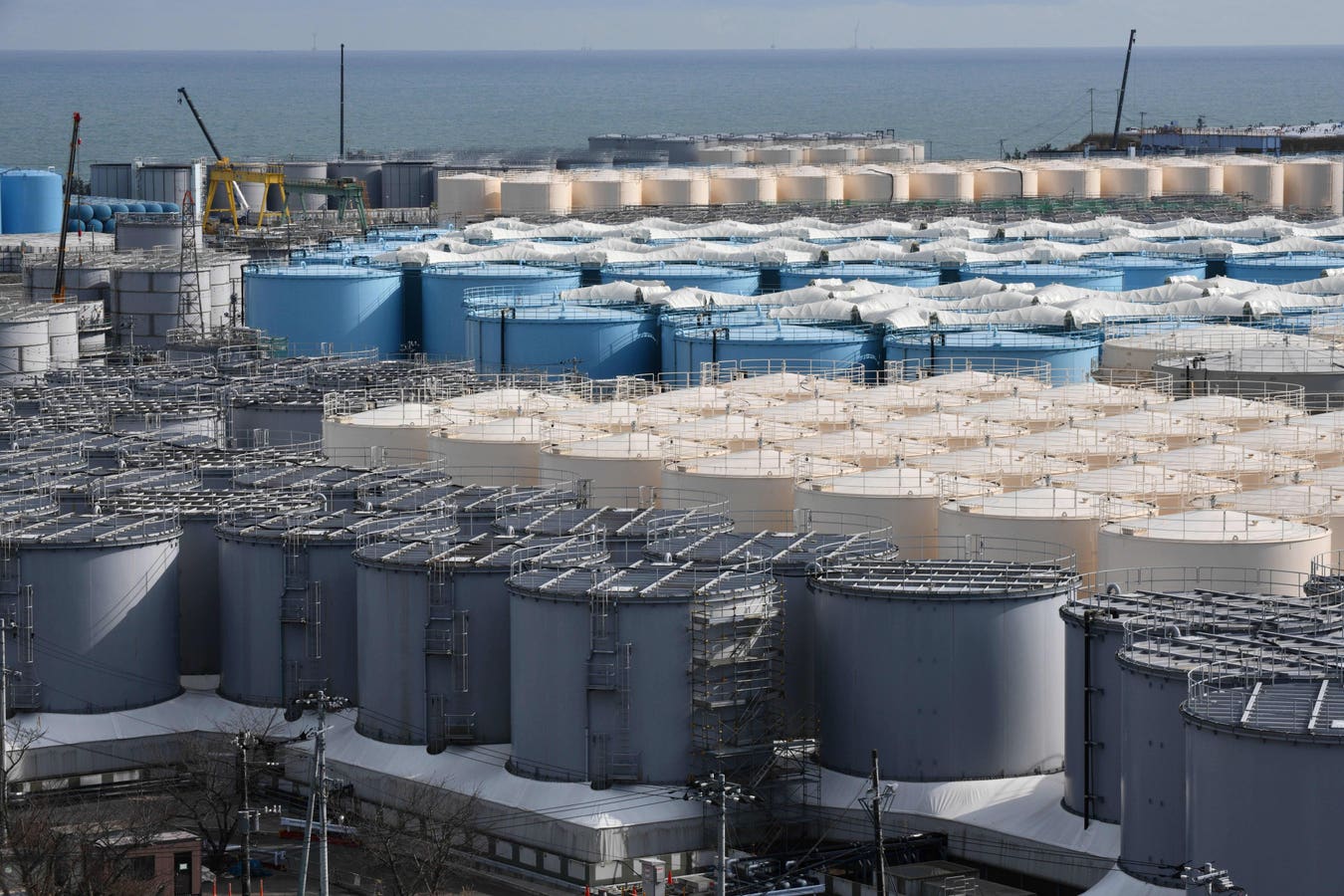New radioactive water leak at Japan's Fukushima Daiichi plant - CNN.com
The leak of an estimated 100 metric tons of highly contaminated water was discovered late Wednesday, Tokyo Electric Power Company (TEPCO) said in a statement.
The tainted water flowed over a barrier around the tank and is being absorbed into the ground, TEPCO said. The plant has shut off the inflow of water into the tank and the leaking has stopped, it added.



